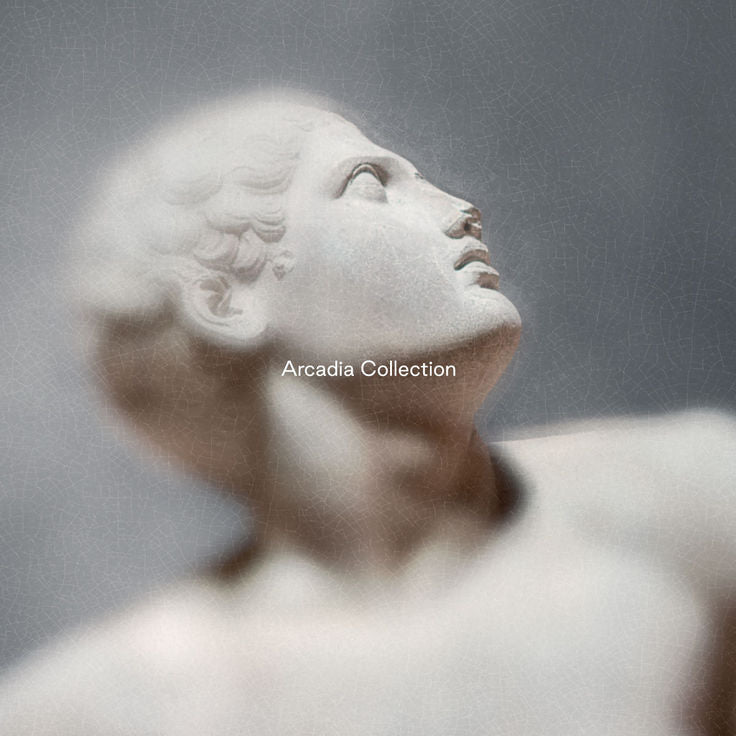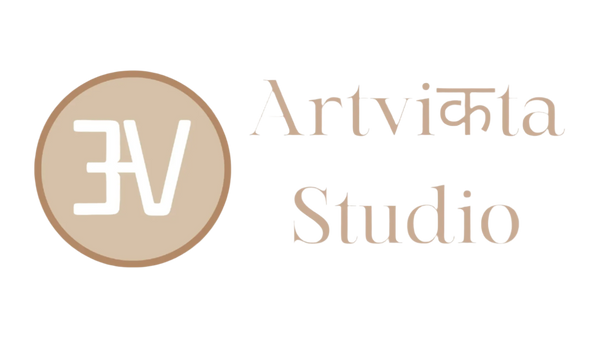
7 Unique Materials for Bespoke Decor
Sai SandeepShare
In the realm of bespoke interiors, the selection of materials is paramount in crafting spaces that truly reflect individuality and sophistication. At Artvikta Studio, we specialize in integrating unconventional materials to transform ordinary spaces into extraordinary narratives. Here are seven unique materials to consider for your next interior design project:
1. Shagreen (Stingray Leather)
Description: Shagreen, derived from stingray skin, is renowned for its distinctive texture and durability. Its granular surface adds an exotic touch to interiors, making it a luxurious choice for various applications.
Applications:
-
Furniture Accents: Incorporate shagreen into tabletops, drawer fronts, or cabinet doors to introduce a unique texture.
-
Wall Panels: Use shagreen-covered panels as feature walls to create a focal point in any room.
-
Decorative Items: Accessories like trays, boxes, or frames wrapped in shagreen can add subtle luxury to your decor.
Benefits: Shagreen offers a distinctive, tactile surface that exudes sophistication and sets your interior apart.
2. Parchment
Description: Crafted from treated animal skins, parchment provides a smooth and translucent appearance, exuding subtle elegance.
Applications:
-
Furniture Surfaces: Cover desks, consoles, or side tables with parchment for a refined look.
-
Lamp Shades: Parchment lamp shades emit a warm, diffused light, enhancing ambiance.
-
Wall Coverings: Use parchment as wall coverings to introduce a soft, organic feel to interiors.
Benefits: Parchment adds warmth and an organic touch to interiors with its soft, natural hues.
3. Mica
Description: Mica is a mineral known for its shimmering properties and flexibility, available in thin sheets that can be applied to various surfaces.
Applications:
-
Wall Coverings: Mica sheets can be used as wall coverings to introduce a subtle sparkle.
-
Lampshades: Mica lampshades offer a warm, diffused glow with a touch of shimmer.
-
Decorative Panels: Incorporate mica into decorative panels or cabinetry for a unique aesthetic.
Benefits: Mica enhances interiors with a touch of glamour through its reflective qualities.
4. Horn
Description: Derived from animal horns, this material showcases unique patterns and colors, introducing warmth and individuality to interiors.
Applications:
-
Furniture Inlays: Use horn inlays in tabletops or cabinetry for a distinctive look.
-
Handles and Knobs: Horn-crafted handles or knobs add a unique touch to furniture.
-
Decorative Accessories: Items like bowls, trays, or frames made from horn can serve as statement pieces.
Benefits: Horn introduces warmth and individuality to interiors with its distinct appearance.
5. Straw Marquetry
Description: An intricate craft, straw marquetry involves applying flattened straw to surfaces to create detailed patterns, introducing texture and visual interest.
Applications:
-
Furniture: Apply straw marquetry to furniture surfaces like cabinets or tables for a unique texture.
-
Wall Panels: Straw marquetry wall panels can serve as art pieces, adding depth and interest.
-
Cabinetry: Incorporate straw marquetry into cabinetry designs for a bespoke touch.
Benefits: Straw marquetry adds a unique, handcrafted aesthetic that enhances the bespoke nature of interiors.
6. Terrazzo with Recycled Materials
Description: Terrazzo is a composite material consisting of chips of marble, quartz, glass, or other suitable materials set in cement. By incorporating recycled materials, terrazzo becomes an eco-friendly choice.
Applications:
-
Flooring: Terrazzo flooring offers durability and a playful yet elegant look.
-
Countertops: Use terrazzo for countertops to introduce a unique pattern and texture.
-
Wall Treatments: Terrazzo wall treatments can add visual interest and sustainability to interiors.
Benefits: Terrazzo offers durability and the opportunity to incorporate recycled materials, aligning with sustainable design practices.
7. Sustainable Wood Alternatives
Description: Engineered materials designed to mimic the appearance of exotic woods without environmental drawbacks are gaining popularity.
Applications:
-
Flooring: Sustainable wood alternatives provide the warmth of wood while promoting sustainability.
-
Cabinetry: Use these materials in cabinetry to achieve a wood-like aesthetic responsibly.
-
Furniture: Incorporate sustainable wood alternatives into furniture designs for an eco-friendly choice.
Benefits: These materials combine aesthetic appeal with eco-friendly attributes, supporting responsible design choices.
Conclusion
Integrating these unique materials can elevate bespoke interiors, adding layers of texture, color, and sustainability. At Artvikta Studio, we specialize in crafting interiors that reflect individual tastes and stand out in their uniqueness. Our commitment to bespoke art and design ensures that every project is a true reflection of our clients' vision.
Note: For more information on our services and to view our portfolio, visit our official website.
Disclaimer: The use of certain materials should be considered carefully, keeping in mind ethical sourcing and environmental impact.
